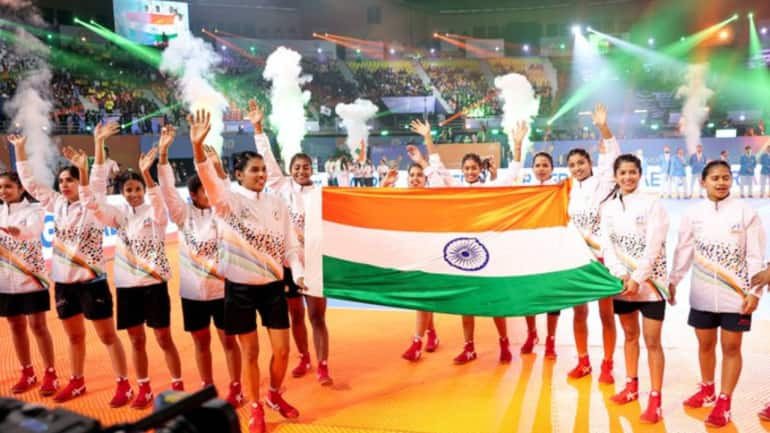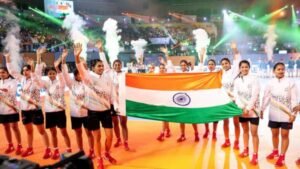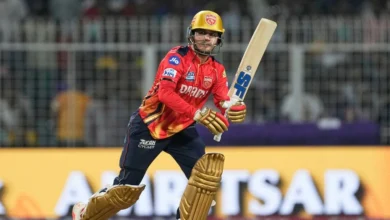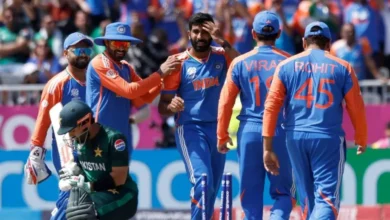Kho-Kho aims high: From rural roots to global dreams

Kho-Kho aims high: From rural roots to global dreams
Once a humble rural pastime, Kho-Kho is now setting its sights on a grander stage. The inaugural Kho-Kho World Cup is a celebration of the sport’s journey from Indian villages to a modern, televised spectacle.With aspirations of debuting at the Asian Games and potentially the Olympics in 2036-the year India hopes to host the Summer Games-Kho-Kho’s ambitions are soaring, and the government is firmly backing the initiative.

Kho-Kho aims high: A grand beginning
The World Cup was supported by three state governments-Uttar Pradesh, Maharashtra, and Odisha-among the 24 sponsors, along with the Rashtriya Swayamsevak Sangh (RSS), which is promoting Kho-Kho as “India’s game.” The event kicked off with a glittering opening ceremony attended by political dignitaries, Bollywood stars Salman Khan and Tiger Shroff as brand ambassadors, and matches under lights with live broadcasts.
Sudhanshu Mittal, the president of both the International Kho-Kho Federation (IKKF) and the Kho-Kho Federation of India (KKFI), underscored the larger goal: “Kho-Kho at the Olympics is the objective. I am confident of its inclusion at the Asian Games.” Mittal has spearheaded Kho-Kho’s growth since 2017, linking its development to India’s Olympic hosting aspirations. The Mission Olympics Cell has proposed Kho-Kho as one of six sports, including T20 cricket, kabaddi, chess, and squash, for potential inclusion in the 2036 Games.
Kho-Kho aims high:International growth and outreach
Sports Minister Mansukh Mandaviya recently advocated for Kho-Kho’s inclusion in the Asian Games, highlighting its growing popularity in countries across the globe. Once a demonstration sport at the 1936 Berlin Olympics, Kho-Kho’s reach has expanded from six member nations in 2020 to 55 in 2025. The World Cup featured 39 teams from 23 countries, with representatives from Europe, Africa, and South America. The IKKF aims to increase participation to over 90 countries, meeting the Olympic threshold of 75.

The RSS has played a pivotal role in this growth. “Kho-Kho is India’s game. We’ve often adopted sports from other countries, but this is our opportunity to take an indigenous game global,” said Mittal, noting that the RSS’s nationalist vision helped promote the sport and the World Cup.
Kho-Kho aims high:Efforts to globalize Kho-Kho
The organizers spared no effort in supporting foreign teams, covering expenses for travel, accommodation, and equipment. Brazil, a newcomer to the sport, assembled a team just four months prior. Head coach Laura Doering recruited athletes with speed and agility from disciplines like American football and handball. “We trained on sand initially and held four camps before the World Cup. Sponsors in Brazil are eager to introduce Kho-Kho in schools,” said Doering. Plans are underway for a South American championship.
To aid countries starting from scratch, the IKKF trained coaches globally, sending them abroad before the World Cup. In 2020, 62 prospective coaches from 16 countries underwent training in Delhi. Though the pandemic delayed their return, it allowed for intensive training sessions in Delhi, enabling these coaches to promote Kho-Kho in countries like Australia, Poland, and the Netherlands.
Kho-Kho aims high:Modernizing the game
Kho-Kho has evolved significantly, transitioning from mud and grass to specialized mats designed to enhance speed while reducing injuries. Innovations also included shortening the court for better television viewing. Efforts to modernize equipment led to the development of prototype Kho-Kho shoes tailored to players’ needs. The Ultimate Kho-Kho League, featuring six teams, has also drawn top-tier sponsors.
Kho-Kho aims high:India’s triumph and the road ahead
The inaugural World Cup marked a major milestone, with India’s men’s team defeating Nepal 54-36 in the final. Captain Pratik Waikar described the experience as a dream come true. “Kho-Kho has been transformed, and this World Cup is a springboard for its global journey,” he said.
India’s women’s team also dominated, defeating Nepal 78-40 in their final. Exceptional performances, including record-breaking dives and prolonged defenses, showcased the sport’s intensity and skill.

Hair spa: With pollution, stress and dullness, here’s why your hair deserves some pampering









